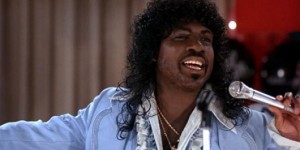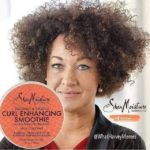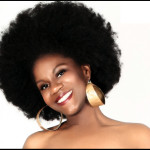 My name is Lurie Daniel Favors and I am a former Jheri Curl addict. I say former because by the grace of God I was able to work that particular fix out of my system. But man, was it a process.
My name is Lurie Daniel Favors and I am a former Jheri Curl addict. I say former because by the grace of God I was able to work that particular fix out of my system. But man, was it a process.
When the Jheri curl came out I was young and impressionable – I think around 8 or 9. So by that time, like most Black girls, I’d been subjected to nearly a decade of images that said pretty girls had certain types of hair…you know… “good” hair…
“Good” hair was defined as hair that has a straighter texture much like the hair of Europeans.
“Bad” hair was defined as hair that is more kinky/coily than it is curly, shrivels up when you add water, or even the mere presence of moisture. Despite the natural hair revolution “bad” hair remains one of the most despised types of hair in the Black community.
Most importantly, in society’s eyes, straight “good” hair was (is?) considered better and more valuable than nappy “bad” hair.
And if you grew up as a Black girl, one thing you are likely sure of is that nearly everyone is trained to want “good” hair. Another thing you may be sure of is that unless you have curly “mixed” girl hair, you probably have what people in your community consider “bad” hair.
And what 10-year-old wants hair that everyone around her says is “bad” hair? So when the California Curl (and then the Carefree Curl, the Hawaiian Silky, the Leisure Curl and the Wave Nouvou) came out—you better believe I was ready to sign up. In the video below, I share my experiences with the curl and how those experiences shaped my early thoughts about myself and my hair.
Let’s just thank God that I was finally able to redefine what “good” hair means to me and I learned to love myself just the way God made me.
Did you (0r someone you know) have a Jheri curl mentality? Did you grow up thinking a certain type of hair was “better” than others? How did you (or they) out grow that way of thinking? Sound off in the comments!




[…] certain “type” of natural. This desire was at the heart of my youthful run ins with the Jheri Curl. Le […]